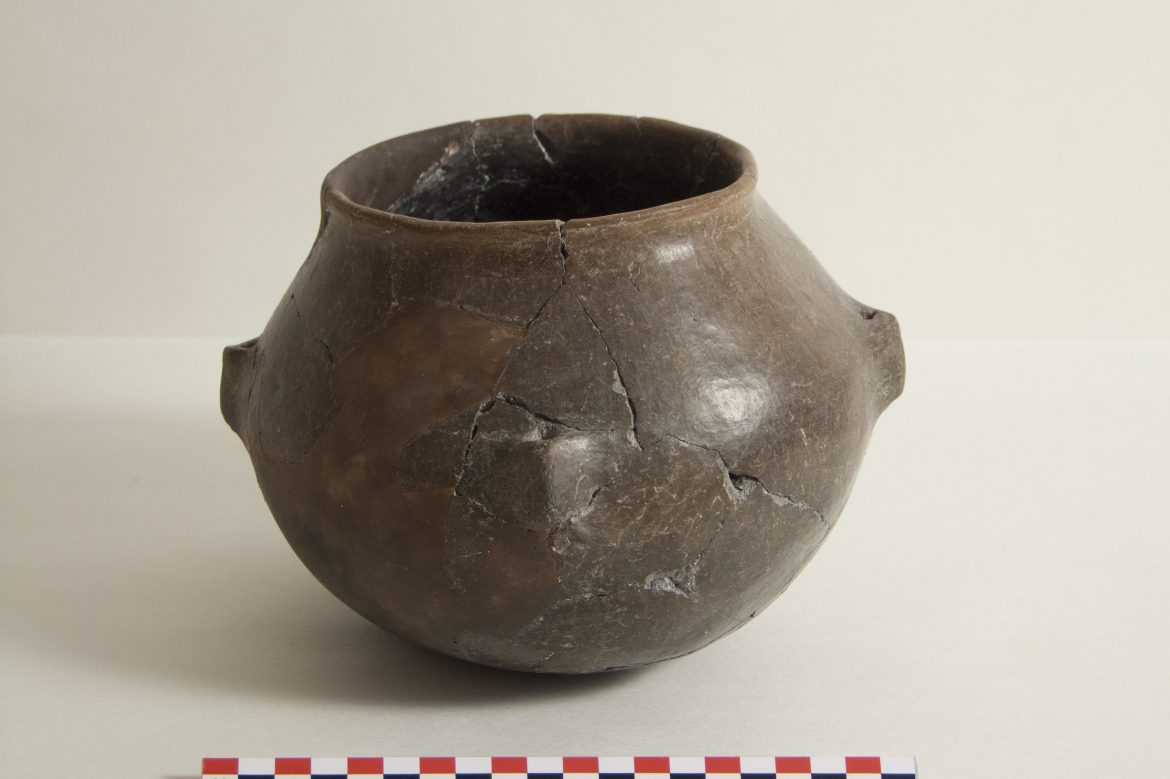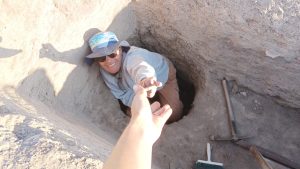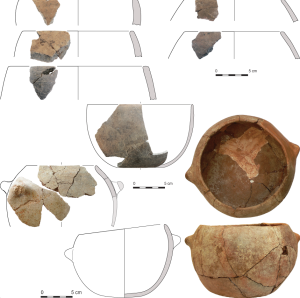
6000 Years of History: Dairy Products in Anatolian Cuisine
Have you ever wondered when and where dairy products such as milk, yogurt, cheese, buttermilk, and even perhaps milk pudding and custard were first consumed in history? If you haven’t, there are archaeologists who have wondered on your behalf. A new study conducted by Dr. Adrià Breu Barcons and Assoc. Prof. Rana Özbal from Koç University Department of Archaeology and History of Art, in collaboration with Boğaziçi University, aimed at identifying our Neolithic ancestors’ relationship with milk, has discovered significant findings shedding light on this subject. Chemical analysis of 804 pottery shards from different periods and forms found at Barcın Höyük, located in the Yenişehir Valley slightly east of Bursa, where our prehistoric ancestors lived from 6600 BCE onwards, revealed that approximately 60% of these pots were used to cook with milk, prepare dairy dishes or process milk.

The Neolithic period, known in history also as the agricultural revolution and the era when humanity transitioned from hunting-gathering to sedentary life, witnessed many innovations both socially and economically along with changing living conditions. With continuous food production, new agricultural economies emerged thanks to processing methods that allowed for the long-term consumption of fresh foods, which affected our lives in such a way that daily life habits were completely changed and have continued to the present day. Specifically, the widespread domestication of livestock such as cows, sheep, and goats, and thus the introduction of milk and dairy products into life, created a significant transformation in the diet of our ancestors.

It is well known that animal husbandry and dairy production became a part of life in various scales and scopes in Central Anatolia from around 8000 BCE. However, it took hundreds or even thousands of years for this lifestyle to reach other regions. According to analysis results, the people who first settled at Barcın Höyük around 6600 BCE brought this lifestyle with them, meaning they already knew how to deal with milk when they settled. It appears that almost every meal cooked on the stove included milk to enhance flavor and nutritional value. The pottery used in the kitchens of Barcın Höyük during this early settlement period was generally bowl-shaped, and while they could have been used for cooking or making yogurt, cream and cheese, they were not very suitable for the mechanical churning process necessary for making butter, according to researchers. But by around 6200 BCE, a new form of pottery emerged—four-lugged pots that could be hung and kept stable above the ground, facilitating suspended churning movement. Food residues found in more than 70% of these new pots indicate that they began to be used for making butter, buttermilk, and similar dairy products. Around the same period, similar types of pots started to appear in settlements West of Barcın Höyük, suggesting that habits related to milk, and dairy products began to spread towards the West rapidly during this time.
The fact that significantly more milk residues have been detected in pottery from Neolithic settlements in the Marmara Region compared to those from Mesopotamian or European settlements could be an important archaeological discovery indicating that dairy farming first began to spread in this region. The only other Anatolian settlement from the same period that shows evidence of dairy products being consumed cooked is Çatalhöyük, where the number of lipid residues detected in pottery is much lower compared to Barcın Höyük. All this suggests that the inhabitants of Barcın had knowledge of dairy farming before they settled in this region.


This new research could also be significant in terms of humans’ relationship with lactose. Lactase is an important enzyme found in the small intestine of mammals, including humans, that allows for the digestion of lactose in milk. It is quite active during infancy but its activity decreases significantly after weaning, and this reduction is considered the main reason behind lactose intolerance in many adults. Pottery used during 600 years of settlement at Barcın Höyük carries organic lipid residues that reveal milk was processed at high temperatures or through other methods. This supports the idea that the inhabitants of Barcın Höyük, most of whom likely had lactose intolerance, had to process the raw milk with high lactose content in some way before consuming it.
It is also interesting to note that the form of the pots used for making yogurt by the modern people living around Barcın Höyük today, is still not much different from those used six thousand years ago.
REFERENCES
- 1. https://journals.plos.org/plosone/article?id=10.1371/journal.pone.0302788
- 2. https://pubmed.ncbi.nlm.nih.gov/14616060/
